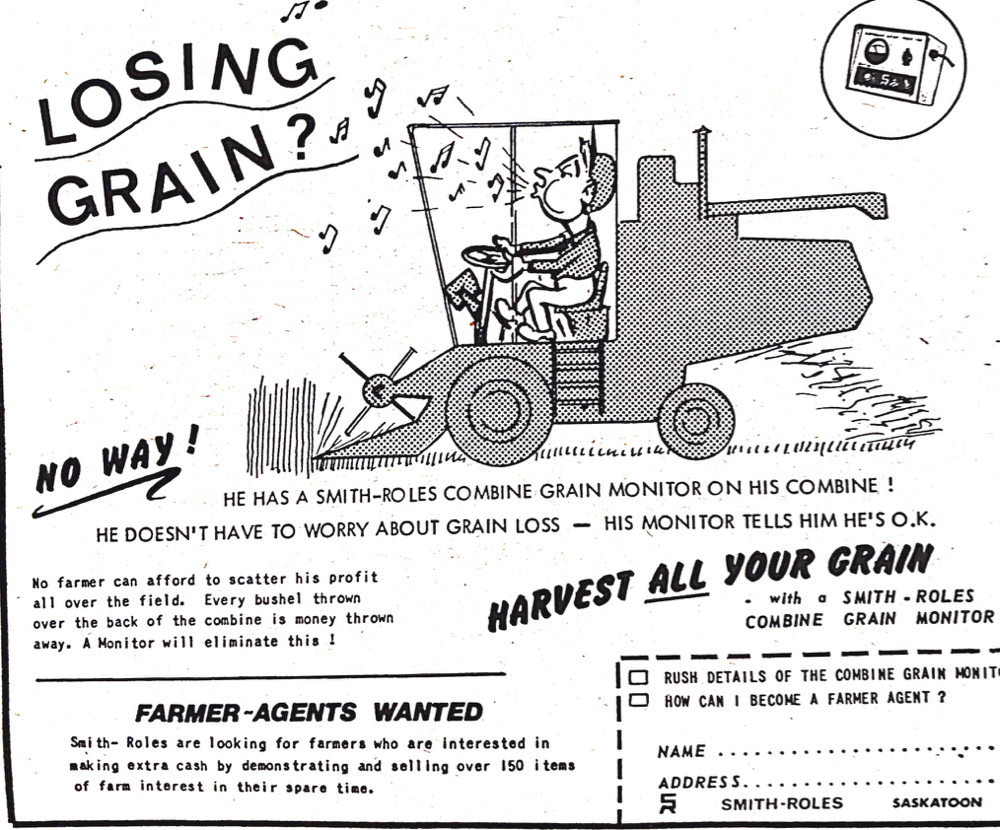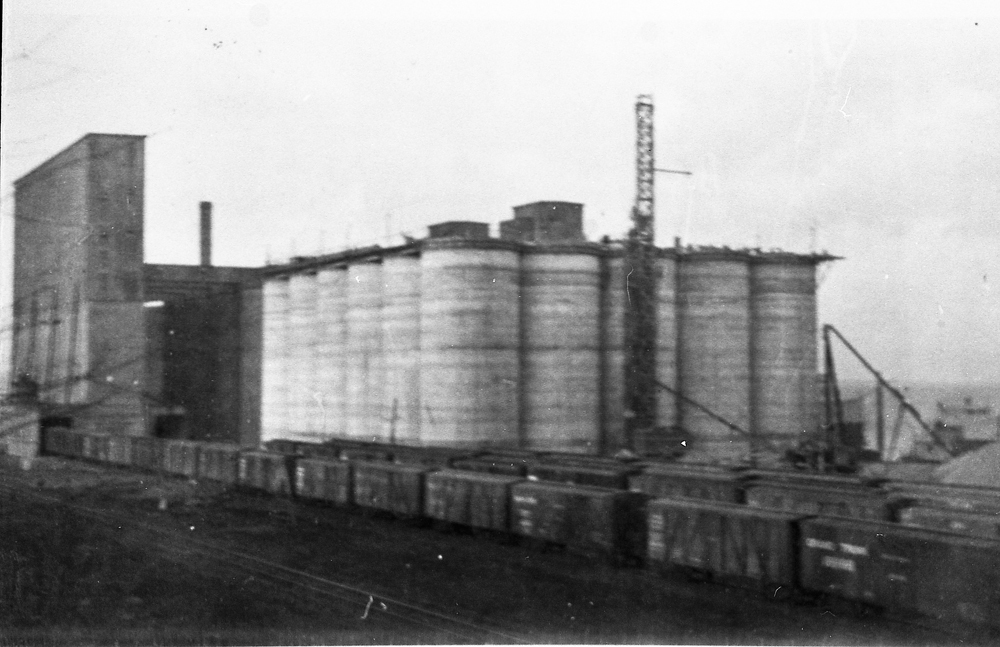Little known today, either in Manitoba or outside the province, the Winnipeg Light Agricultural Motor Contests were on the cutting edge of the new technology of the tractor.
In fact, the tractor was so new in 1908 that the word tractor had not even been invented. The Winnipeg contests were the first effort to scientifically quantify factors, such as horsepower, fuel economy, ease of handling and other factors which were important to tractor operators. The contests used newly invented devices such as the drawbar dynamometer and the de Prony brake, a belt-driven dynamometer, to achieve accurate measurements.
Read Also

Mazergroup’s Bob Mazer dies
Mazergroup’s Bob Mazer, who helped grow his family’s company into a string of farm equipment dealerships and the main dealer for New Holland machinery in Saskatchewan and Manitoba, died July 6 from cancer.
In 1908, people had barely begun to grasp the technology of the internal combustion engine and its possible uses. Agricultural motors, as tractors were more commonly known as in 1908, were very complicated contraptions holding promise — but of what?
It is thought that less than 1,000 internal combustion tractors in total had been sold by 1908 worldwide, so tractors were still largely experimental at this time. While these early tractors were large, heavy and crude, they did contain delicate ignition, carburetor and oiling systems which needed precise adjustment for decent performance. Experts on these technologies were few and far between.
But whatever the drawbacks of tractors, there were people who believed in the future of tractors in agriculture or “power” farming. Two adherents were E.W. Hamilton, editor of the Canadian Thresherman and Farmer magazine and A. Burness Grieg, a machinery salesman, agricultural writer and a sessional lecturer at the Manitoba Agricultural College.
In 1907, Grieg and Hamilton came to the conclusion that a contest would be a useful tool to promote the new technology of the tractor.
It appears that Grieg originated the idea, as he was aware of the use of competitions in Britain to promote agricultural machinery. Hamilton and Grieg managed to persuade the Winnipeg Industrial Exhibition to host the event and the two men organized the “Light Agricultural Motor Competition” at the 1908 Winnipeg Industrial Exhibition.
The revolutionary aspect of this competition was the scientific measurement of the performance of the tractors as the tractor did real-life tasks such as plowing and hauling. Other important aspects of tractors such as quality of construction were also quantified in the competition. Points were assigned to each of the performance parameters assessed.
Each tractor was to be scored on these categories and Gold, Silver and Bronze Medals would be awarded to the tractors scoring first, second and third. Hamilton and Grieg secured experts in motive power to act as judges for the competition.
Seven tractors were entered in 1908, three from the International Harvester Company (IHC), one from the Transit Thresher Company (later became the Gas Traction Company) and one from Kinnard-Haines Company (builder of the Flour City tractor line). English manufacturers were well represented, with a tractor entered from Marshall and Sons Company and a tractor from H.P. Sanderson and Company.
The 1908 event proved to be a great success. Results of the competition were carried in Canadian and American farm papers, plus distributed abroad. Farmers in large numbers, as well as machinery company personnel from North America and abroad, came to Winnipeg to attend the event. The United States Department of Agriculture (USDA) even sent an observer to the competition.
The companies whose products had won medals in the competition immediately trumpeted their success in the farm newspapers by taking out advertisements. The Kinnard-Haines Company, winner of the 1908 Gold Medal, took out full-page ads in various farm newspapers discussing the advantages of its tractor and making prominent mention of the tractor’s fuel economy as measured in the 1908 competition. Even Cockshutt, the maker of the plows used exclusively in the 1908 competition, advertised proudly its involvement in the competition.
With the success of the 1908 competition it was assured that the event would be repeated in the years ahead. The event was refined with further performance measurements being taken and steam engines were allowed their own classes in the trials.
However, by 1912 problems were apparent, such as the costs of the trials for tractor companies, the financial instability of the Winnipeg Industrial Exhibition, the lack in the Winnipeg area of virgin prairie sod fields for the plowing trials and the emerging use of field days by individual tractor companies, where farmers could actually operate the tractors plus avoid awkward questions the trials sometimes raised about a tractor’s performance.
A significant problem was that the trials were really a technical event being operated at an entertainment event, which is what the Winnipeg Industrial Exhibition really was.
Only three companies chose to participate in the 1913 trials, Sawyer Massey, J.I. Case and the Avery Company. These companies entered a variety of steam engines and gas tractors in the various classes of the trials. With such a low turnout of companies, 1913 was the last year for the trials.
However, the Winnipeg trials generated two important results. The trials served as a “hothouse” for tractor designers and manufacturers as they could see various tractors in action, doing the same work and being accurately measured while they did it. The manufacturers learned what worked and, perhaps more importantly, learned what ideas did not work. An official with the Avery company reportedly admitted that the company learned a great deal about tractors by participating in the trials.
The Winnipeg trials also served as the pattern for the Nebraska Tractor Tests which are the yardstick tractors are measured by, from 1920 to this date. The originator of the Nebraska tests had been slickered by a tractor salesman into buying a poor tractor and, being aware of the Winnipeg event, determined that scientific tests would aid farmers in buying tractors that actually performed as advertised. He talked the state of Nebraska into conducting such tests.
Recently the Manitoba Agricultural Museum completed a digital documentary of the Winnipeg Light Agricultural Motor Competitions. The museum obtained digital copies of a number of high-quality glass plate negative photos of the trials from the archives at the University of Saskatchewan. The museum also scanned a number of photos of the event from various papers, primarily the Canadian Thresherman and Farmer. The museum researched the event in order to write the narration to the photos in the video. Currently the video is being distributed to various community TV channels.



















